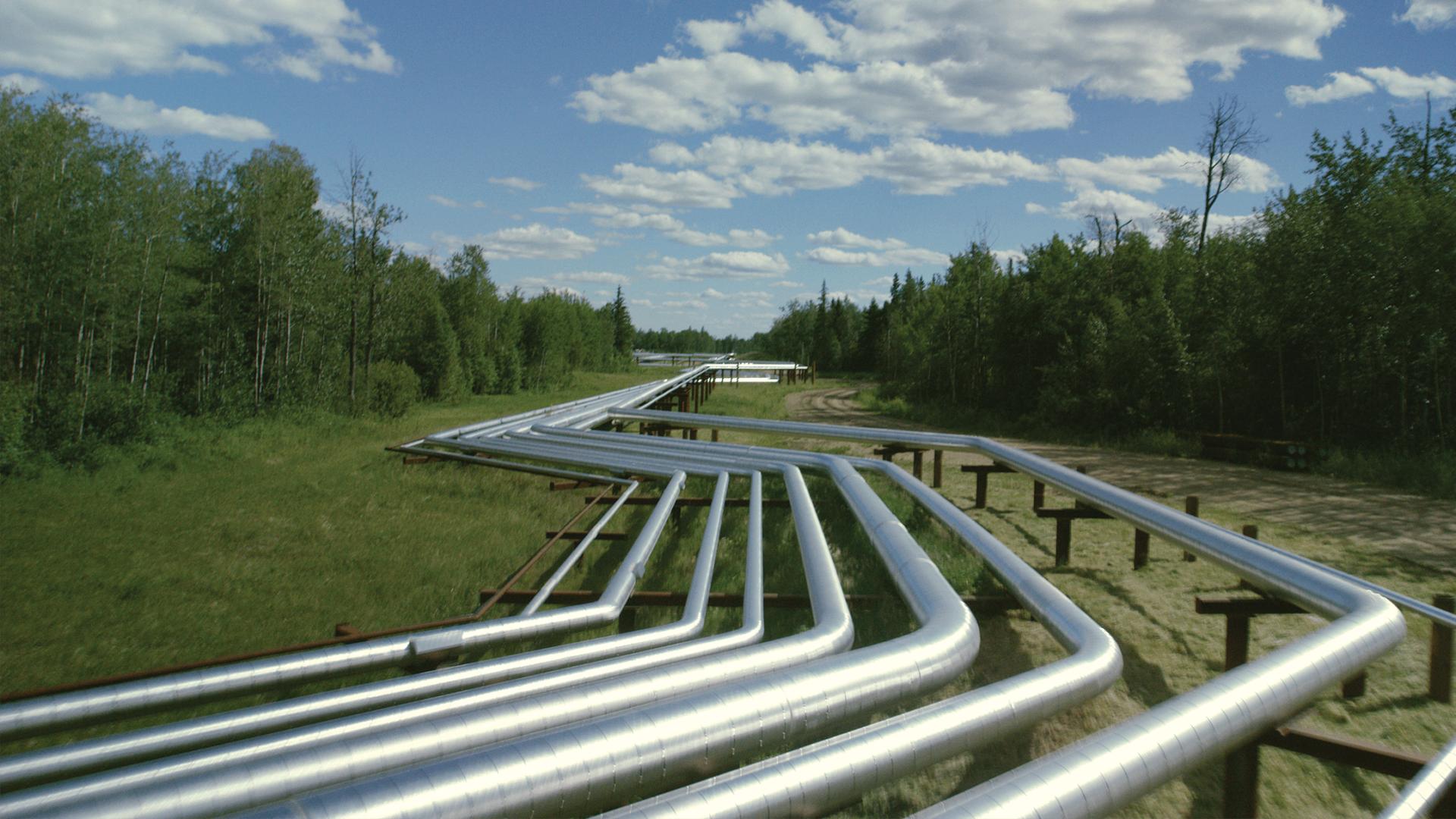Analysts say Canada well positioned to meet ongoing demand as global ESG leader
Follow CEC on Facebook CEC Facebook
Follow CEC on Twitter CEC Twitter

“That sets you up for a more modest pace of growth, certainly, but it’s a very efficient means of growth.”
ESG leader
Analysts with BMO Capital Markets expect that Canadian oil will continue to play a key role in global markets over the decades to come.
Even with accelerated action to reduce greenhouse gas emissions, in a new report analysts said that as much as 350 billion barrels of new oil investment will be required between now and 2040 to offset steep production declines from existing fields.
Canada is well positioned to meet this demand, particularly given its leadership in environment, social and governance (ESG) performance.
“We continue to see Canada and its oil companies as being ahead of the ESG curve and a well-rounded candidate to fulfill the world’s ongoing need for ‘friendly oil,’” BMO analysts wrote.
Oil sands outlook
IHS Markit now forecasts that oil sands production will grow to 3.6 million barrels per day by 2030, an increase of about 650,000 barrels per day compared to 2021. It’s a relatively positive outlook, but it’s also the information provider’s lowest forecast in the last five years, mostly due to market uncertainty. Most of the growth comes from new work at existing projects.
There could be more oil sands production increases in the next decade, Birn says, but project optimizations and debottlenecking — like the $560 million investment to add crushing capacity at Imperial’s Kearl mine — can be more difficult to forecast as they come through operational learnings.
“We have optimizations in our outlook to the mid 2020s, but that’s as far as we can reliably see,” he says.
New technology
The forecast also does not include the impact of new technologies like solvent or methane co-injection at drilling projects, actions designed to improve economic and environmental competitiveness.
“We do see the potential from these technologies being very material,” Birn says.
“They basically allow them to incrementally grow output in a very capital efficient way, which makes them more competitive over the long term. And some of these technologies like solvents can do that while resulting in little to no absolute emissions growth.”
Decarbonization
Birn says there is also potential for jobs growth from big capital projects that don’t necessarily grow production but do reduce greenhouse gas emissions.
This outlook is boosted by increased interest in carbon capture, utilization and storage (CCUS) projects, like the recent announcement of the Pathways trunkline planned by a collaboration of Canada’s largest oil sands operators.
“The oil sands producers are talking about the advancement of CCUS. Those are large industrial, capital intensive projects that require steel and concrete and things to be built. Those are potential sources of jobs. Hydrogen would be another example,” Birn says.
“It’s about maximizing the value of the existing assets, and locking the production into alternative uses that will be more resilient.”
Share This:





 CDN NEWS |
CDN NEWS |  US NEWS
US NEWS 



































Survey Finds Canadian Women Want More Balanced Energy Policy